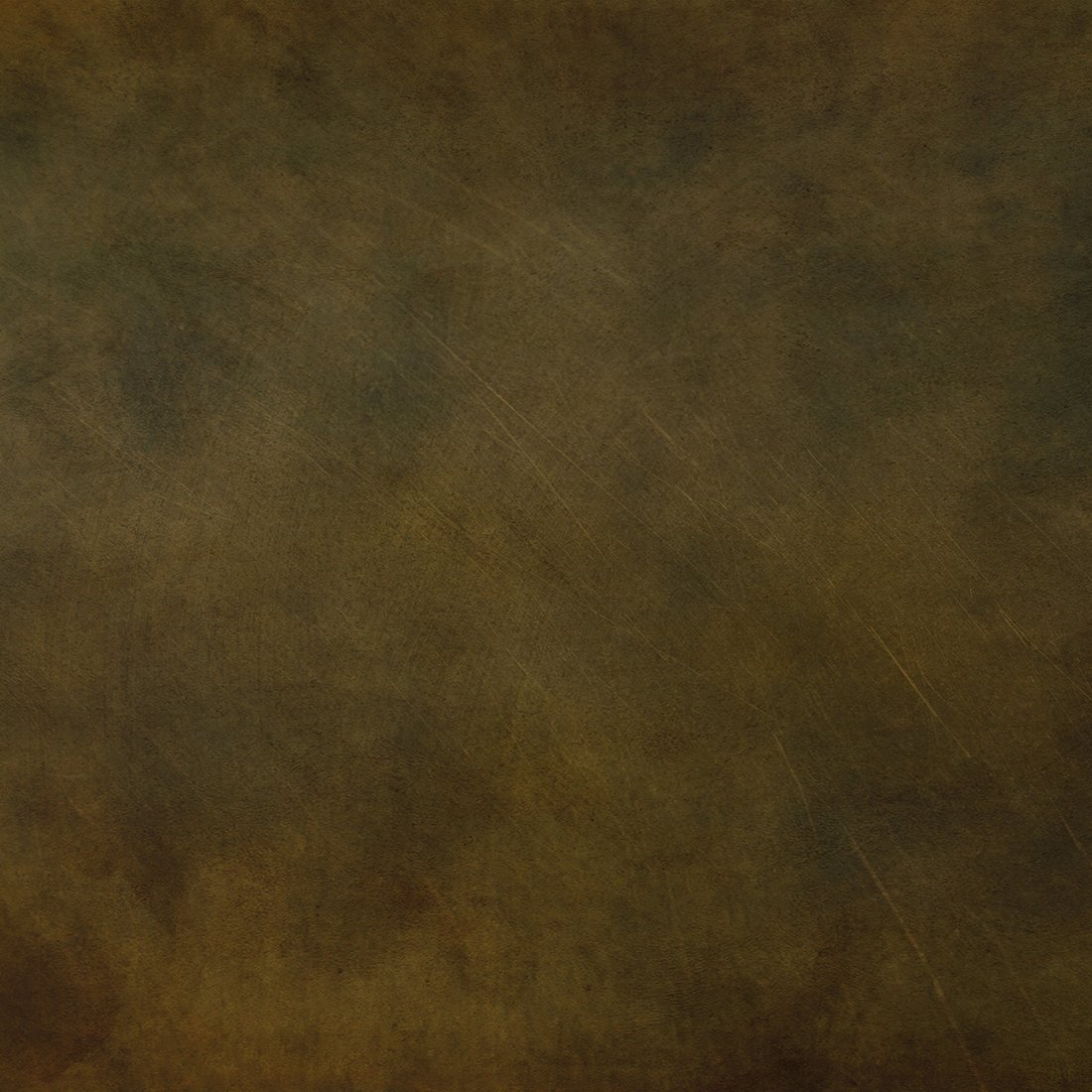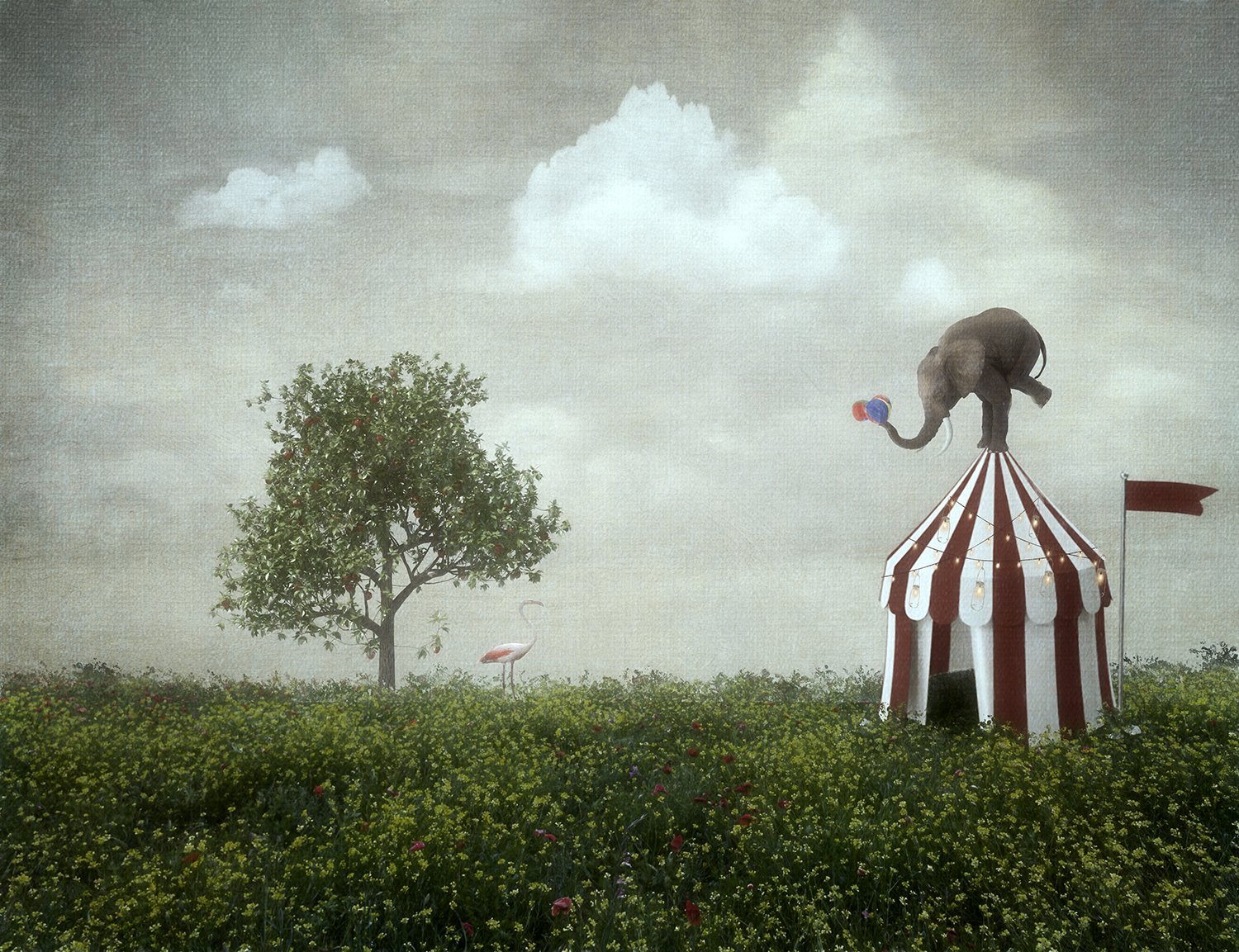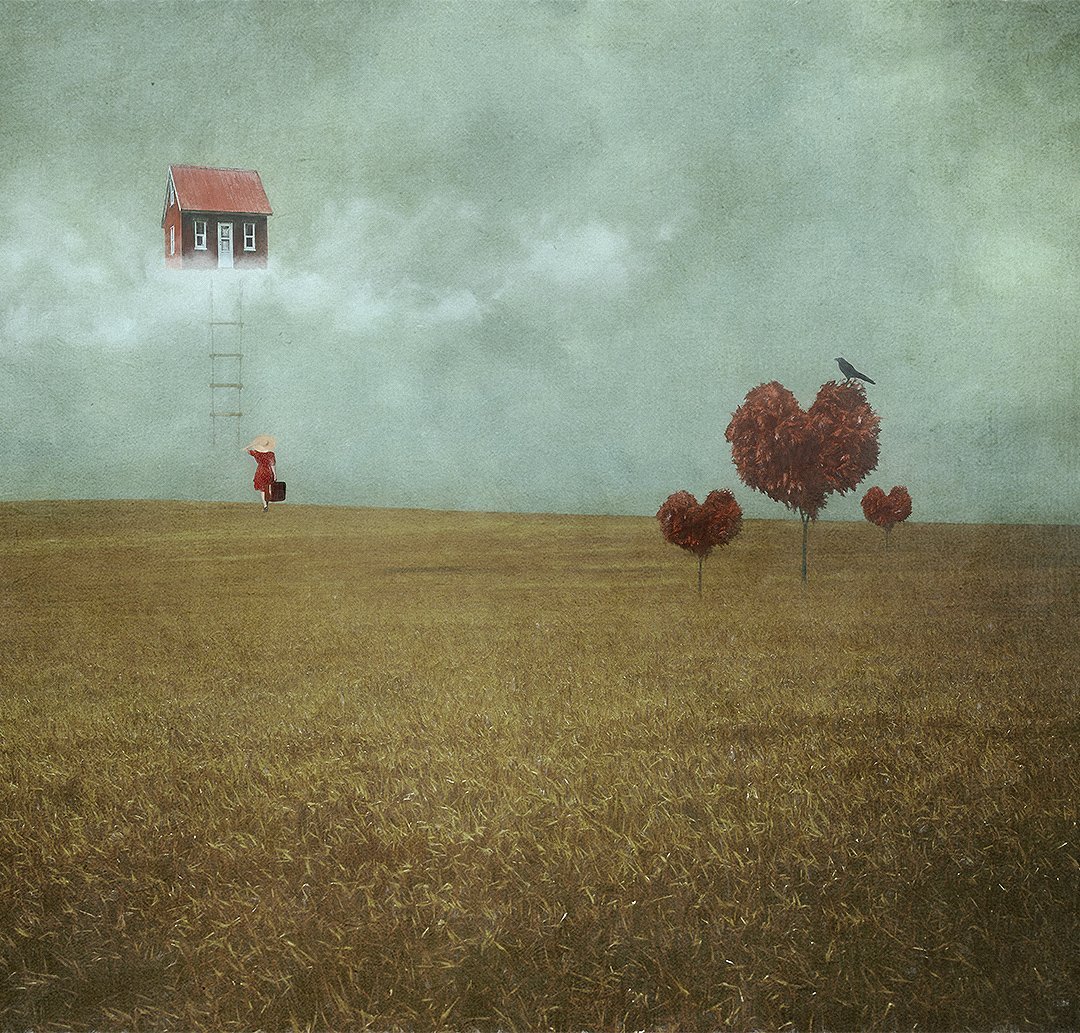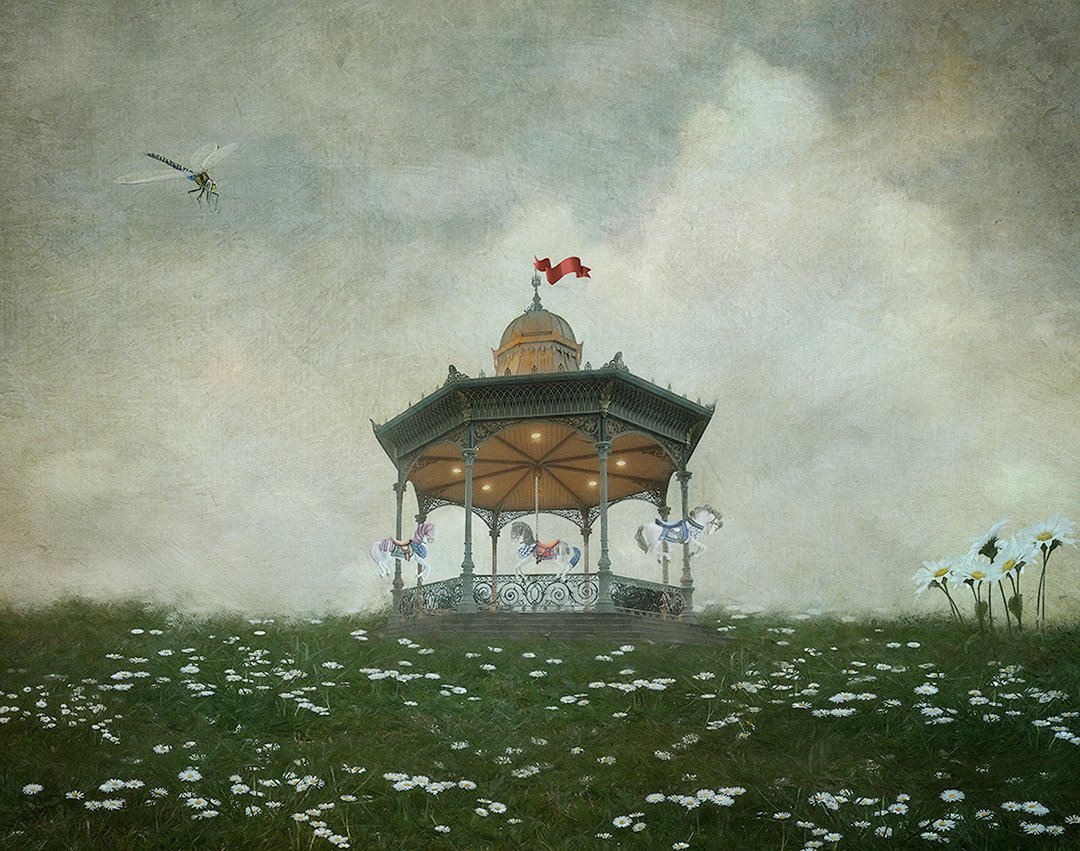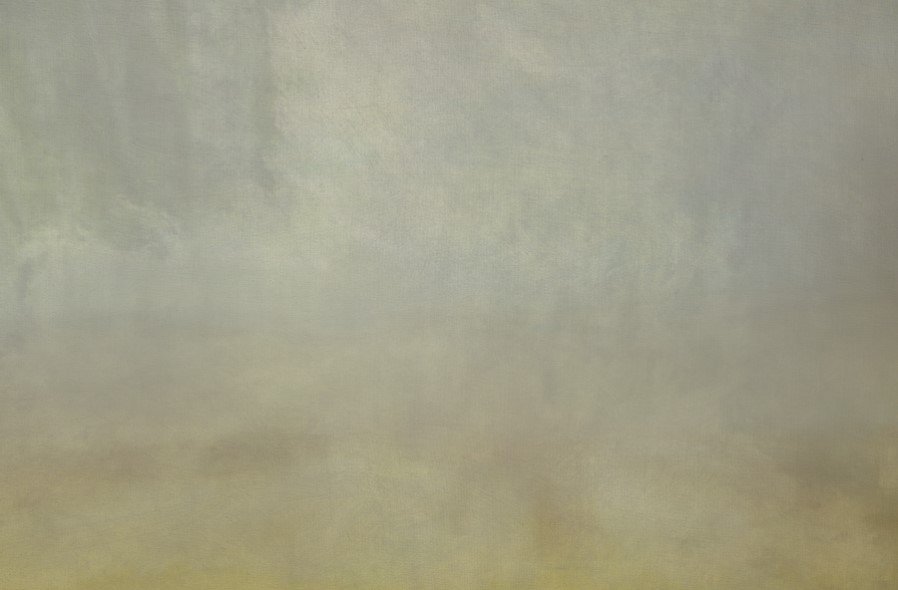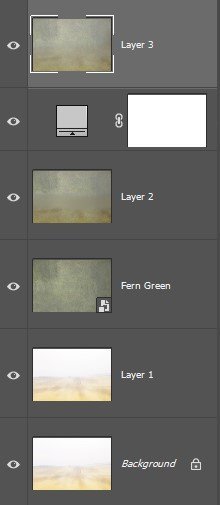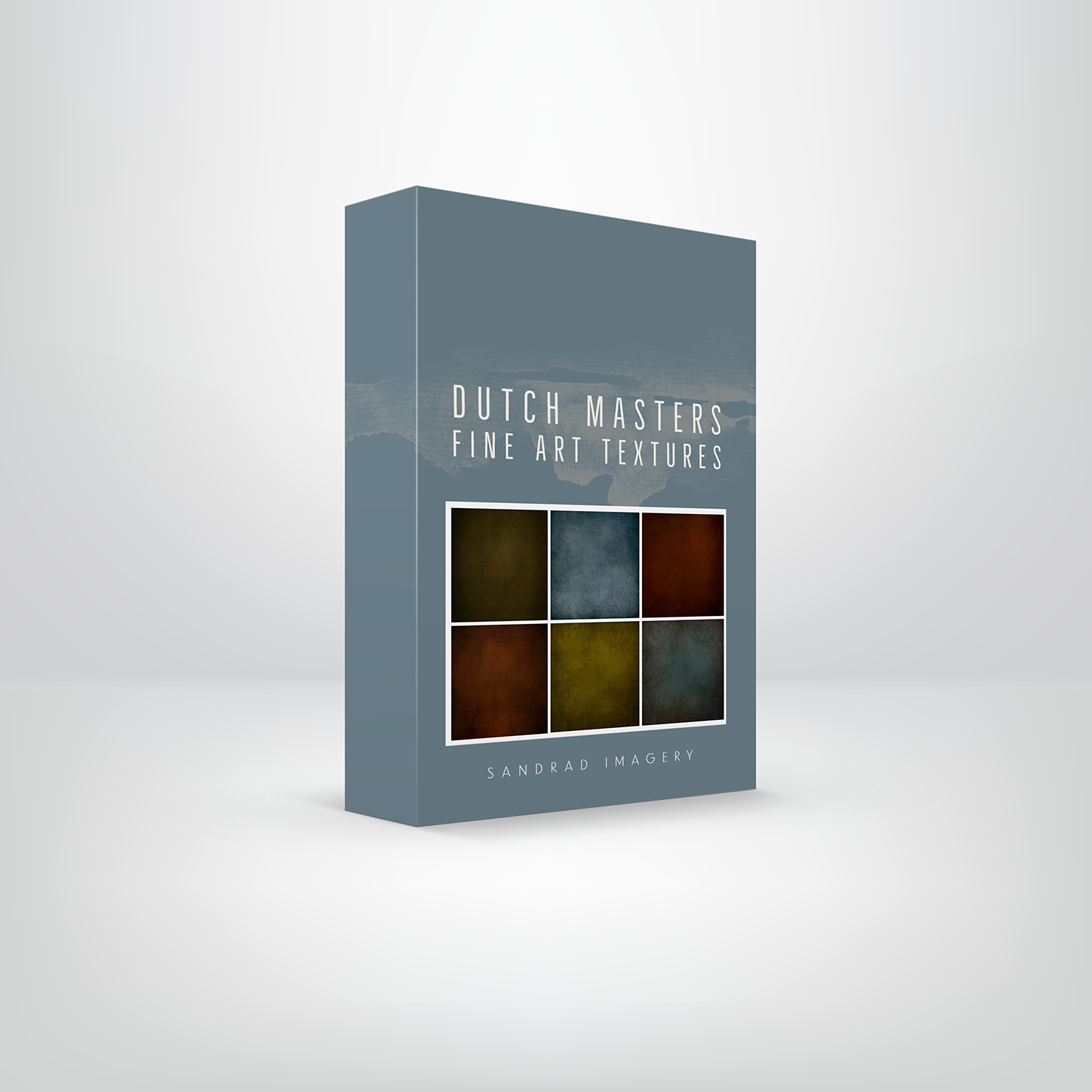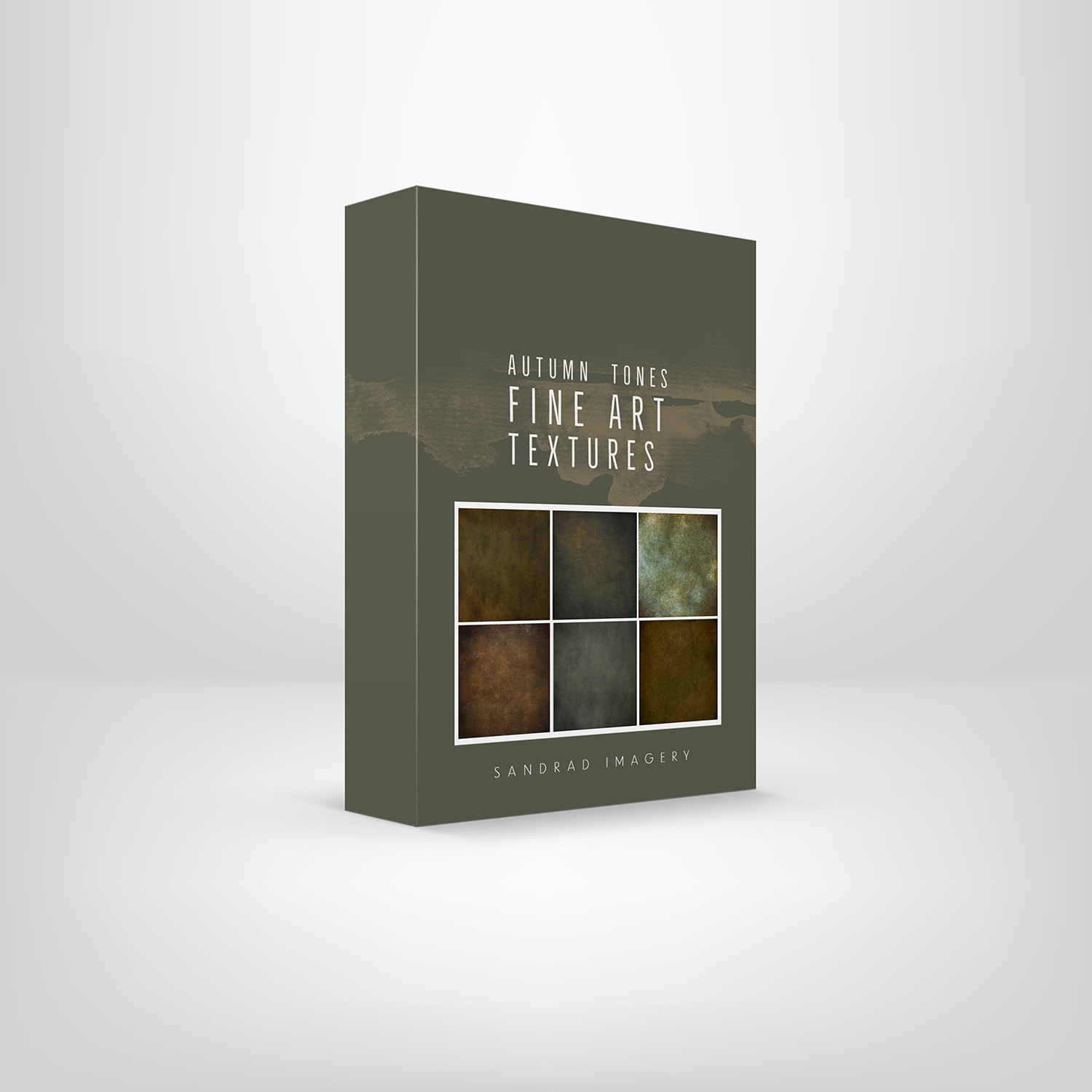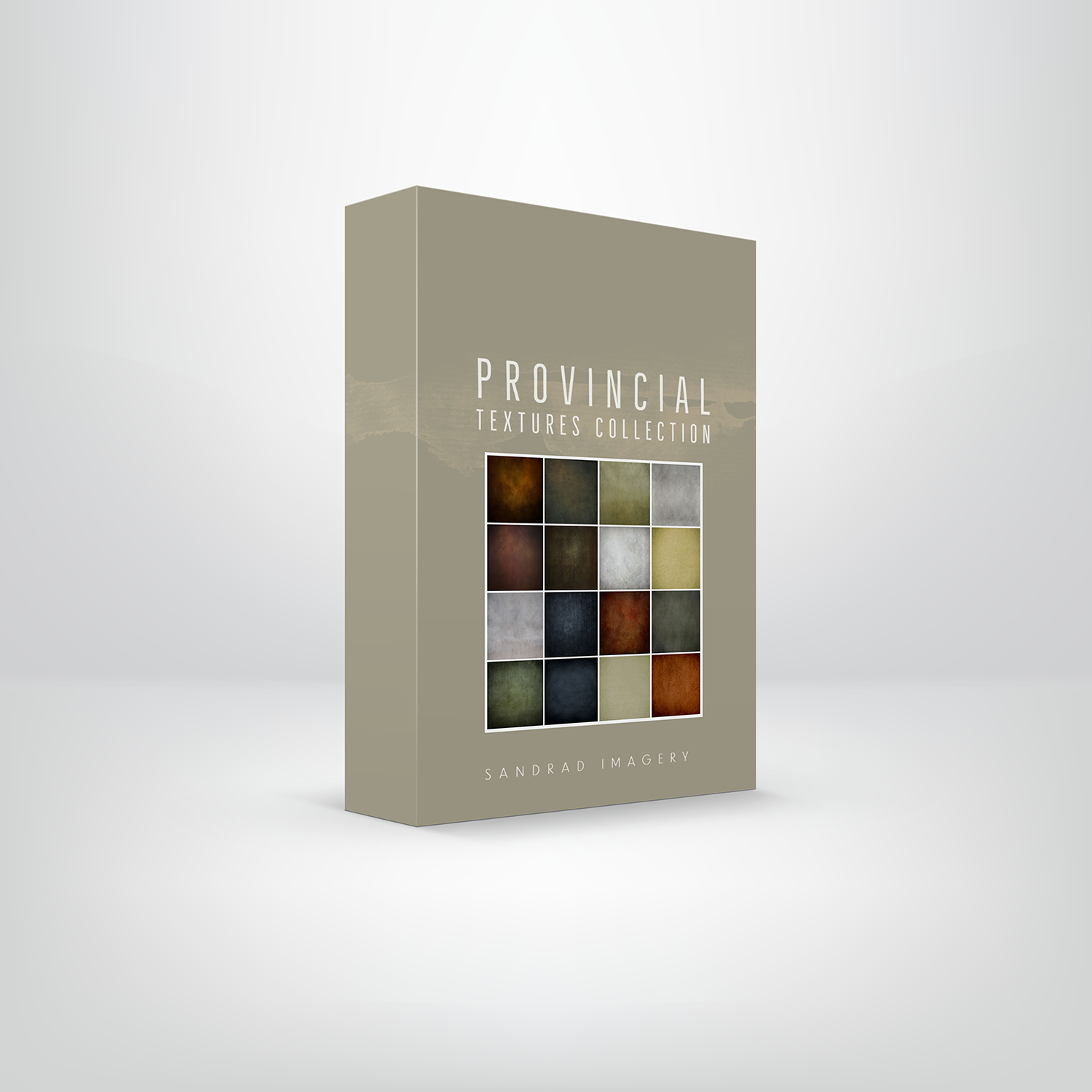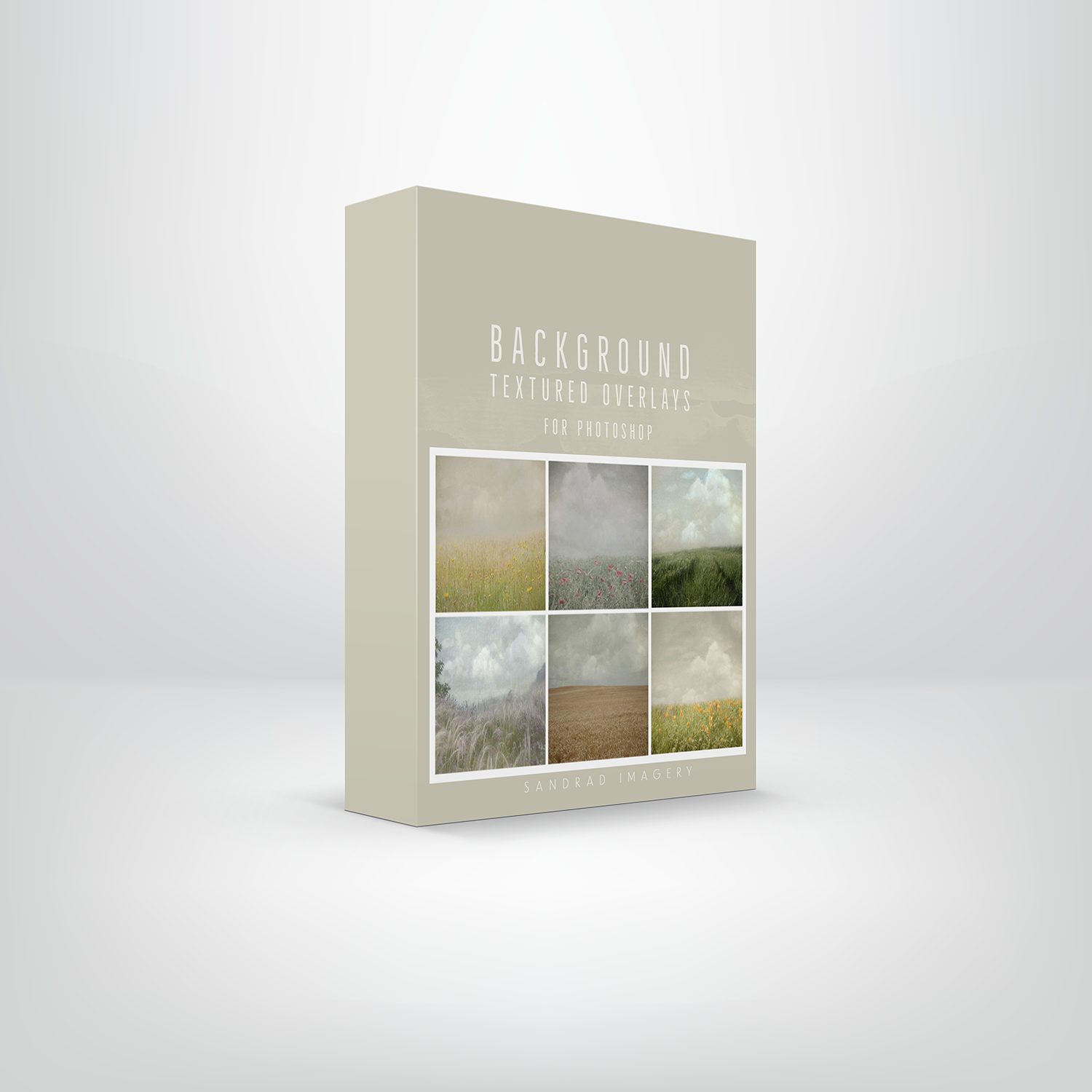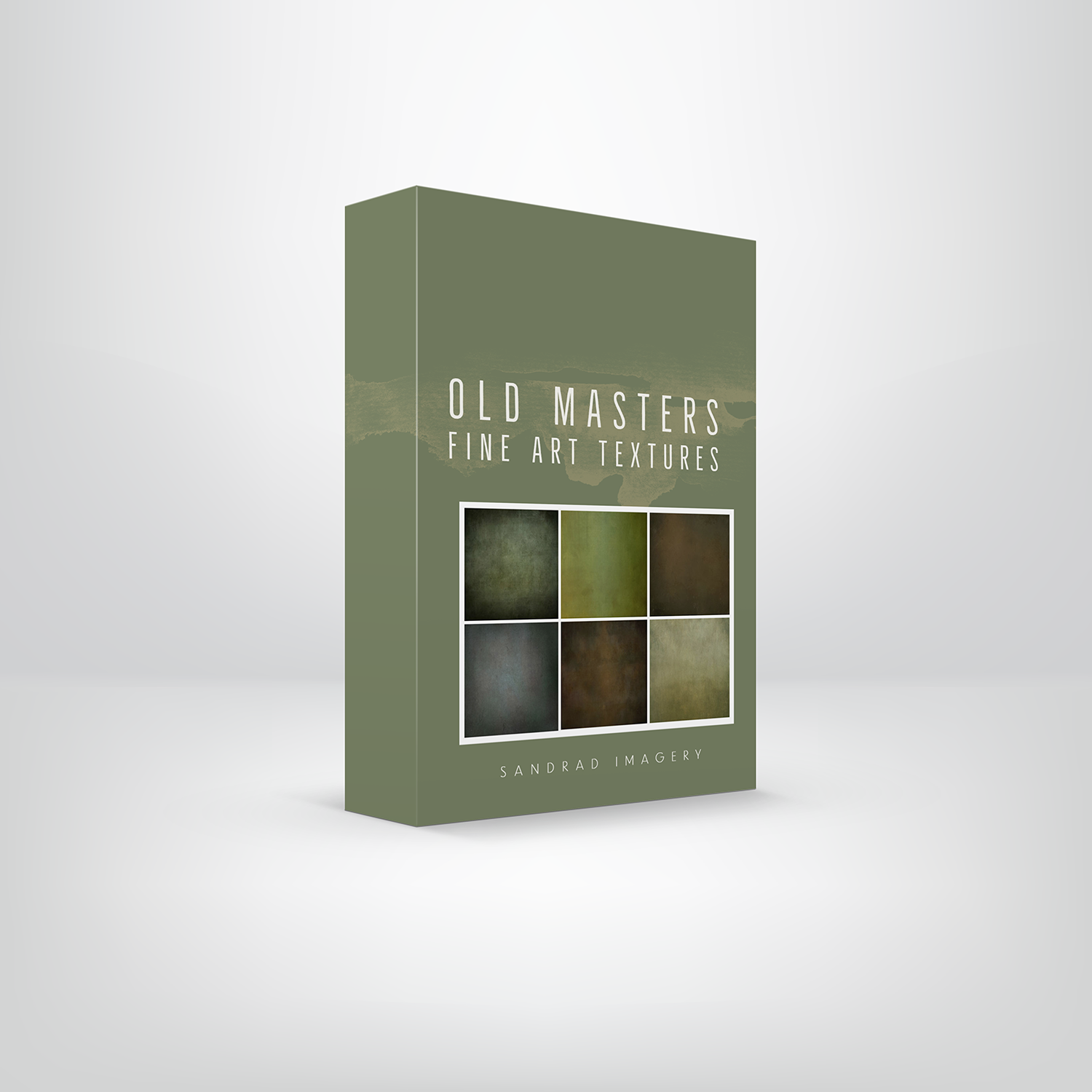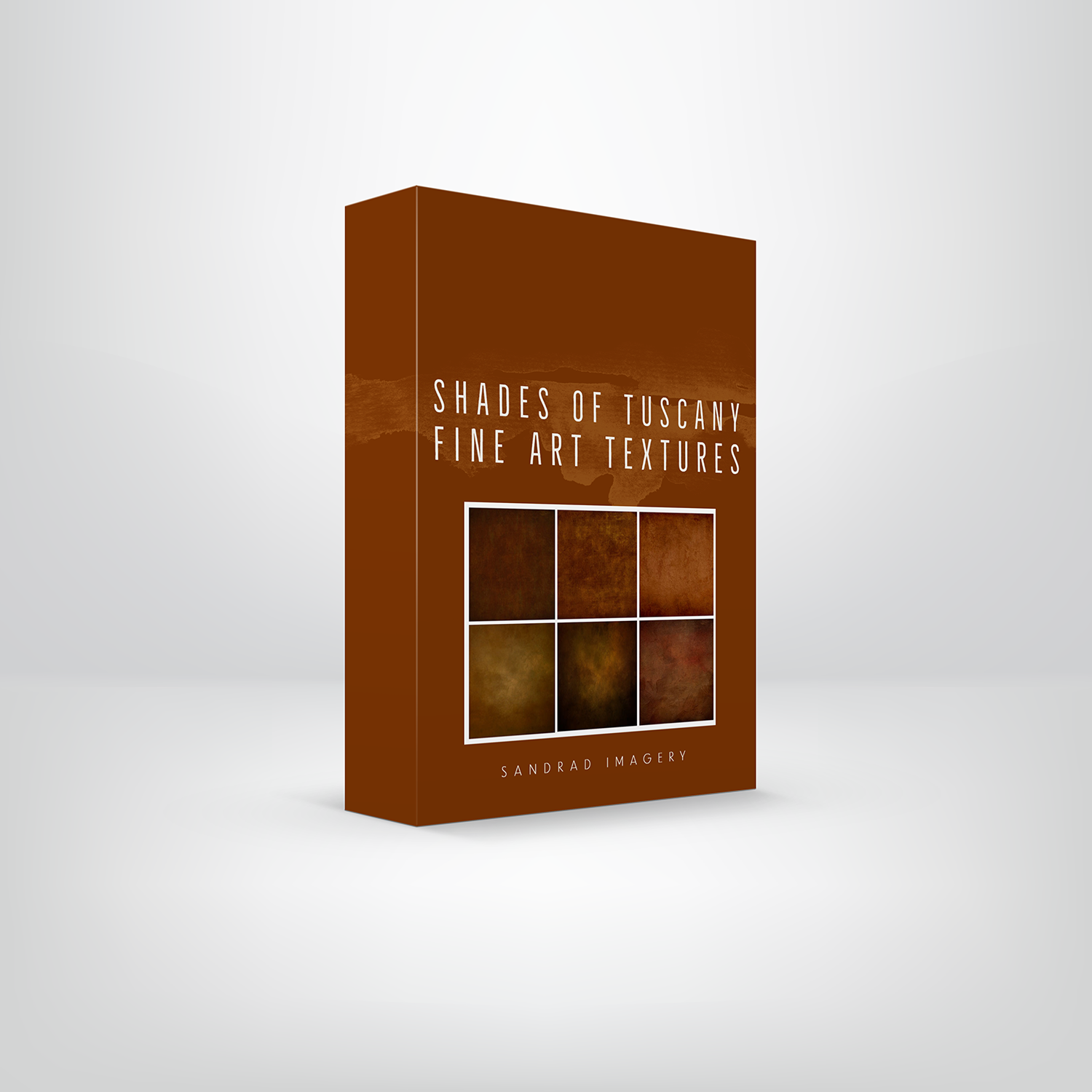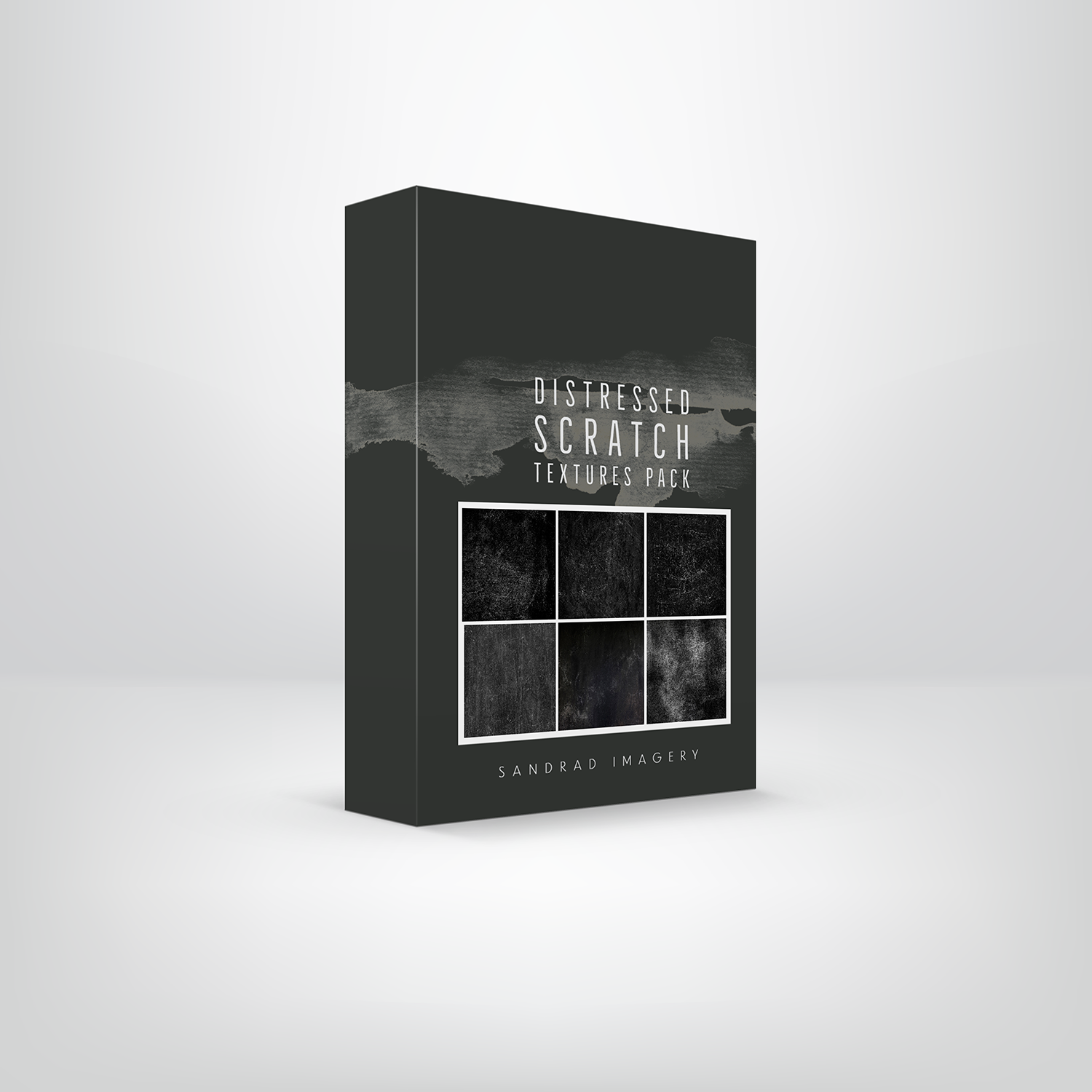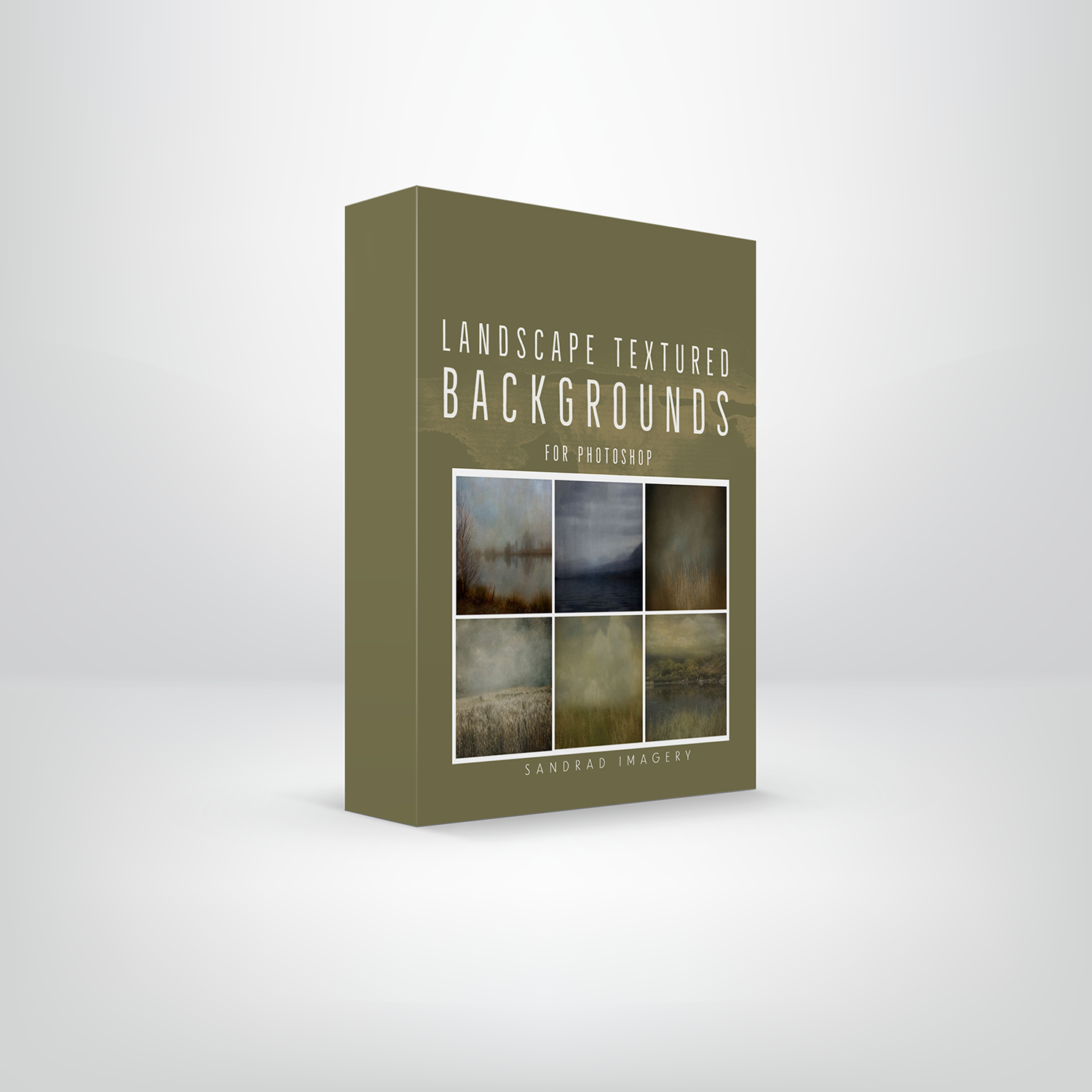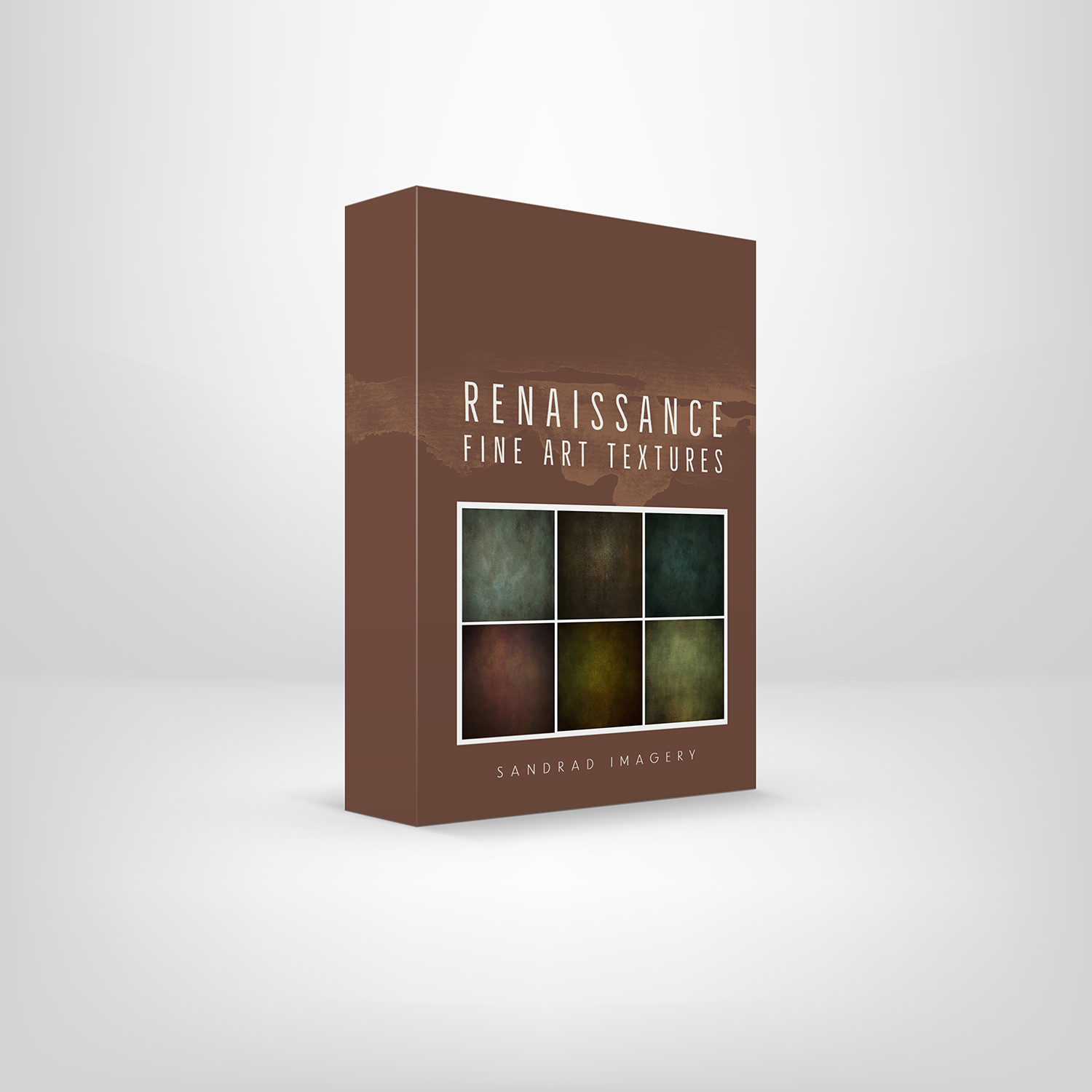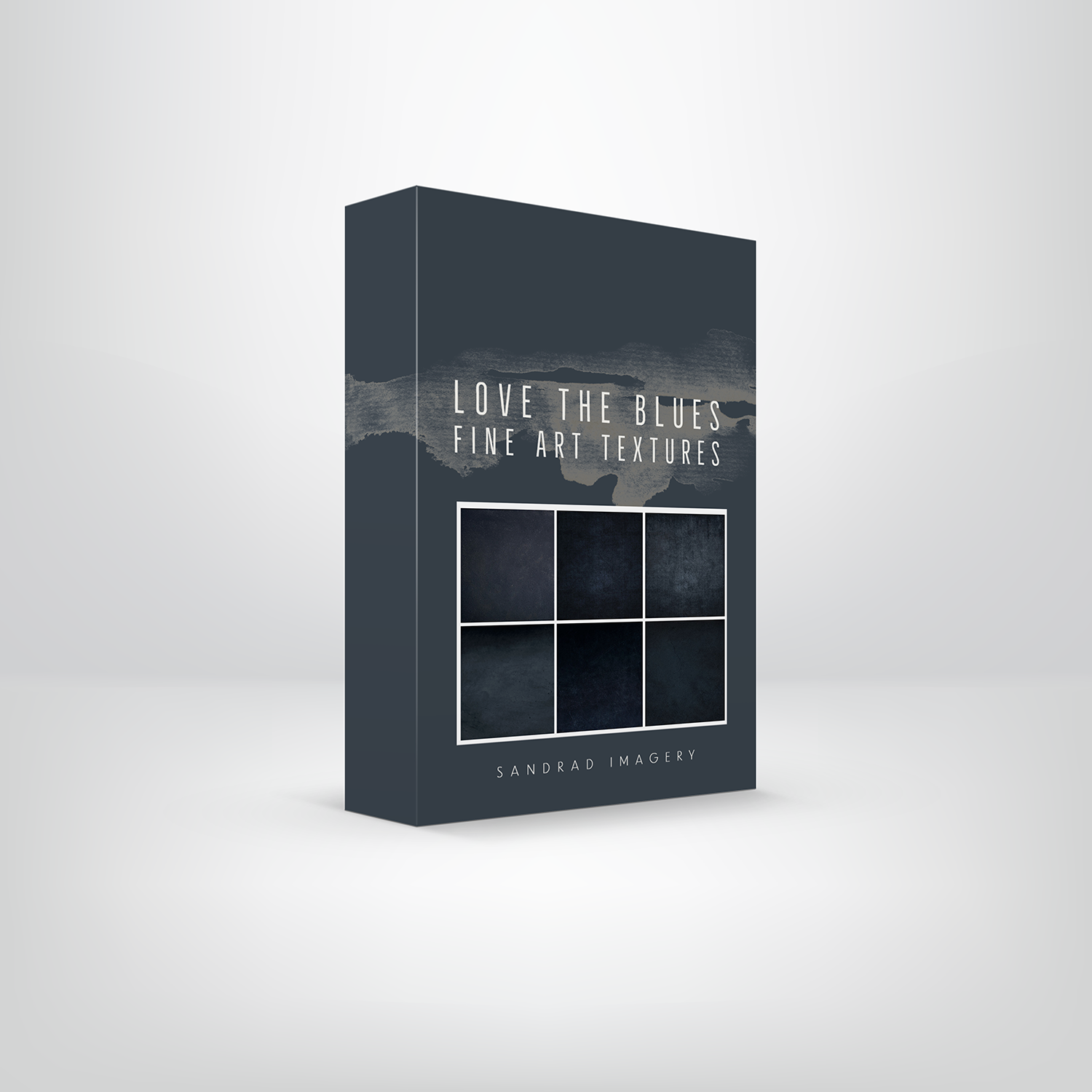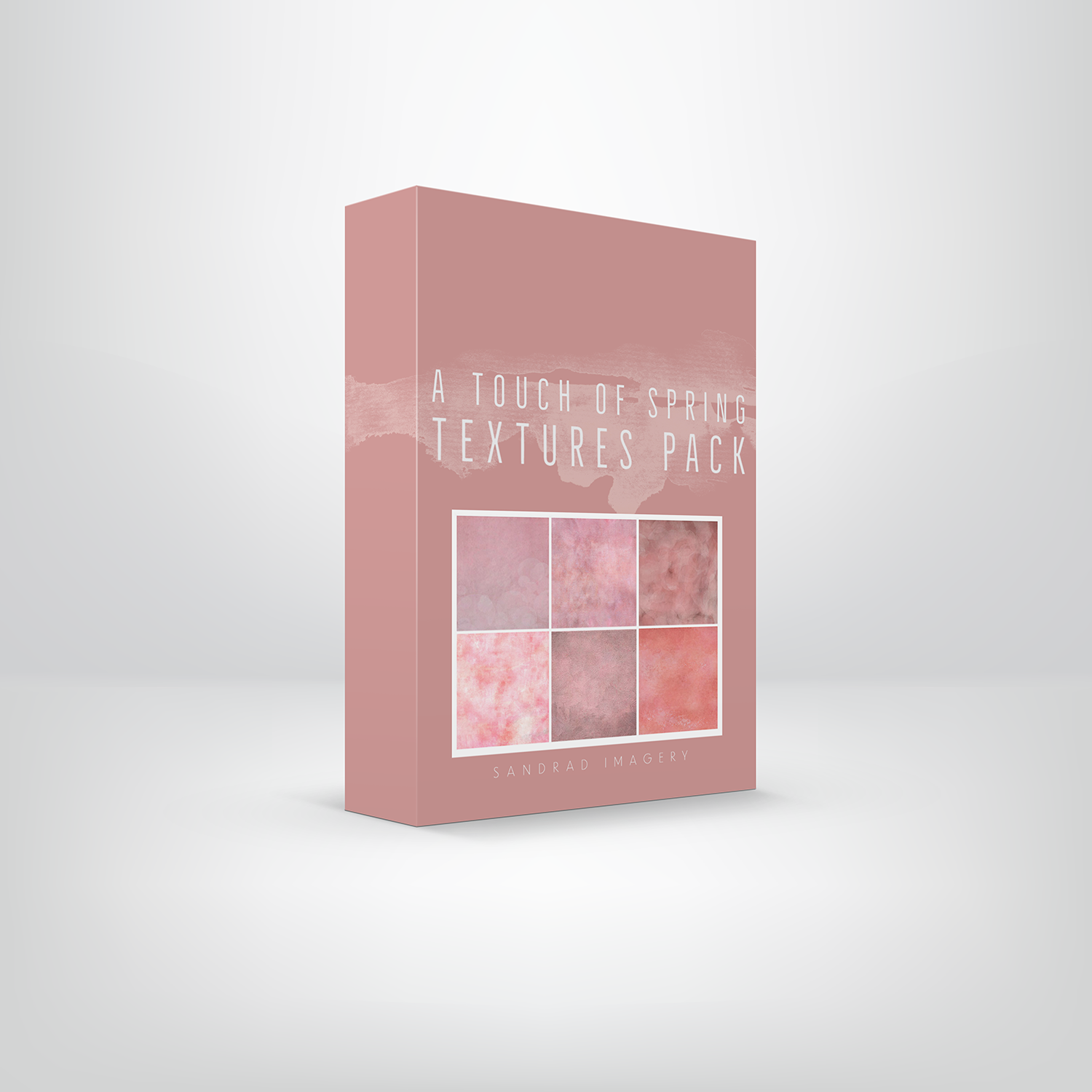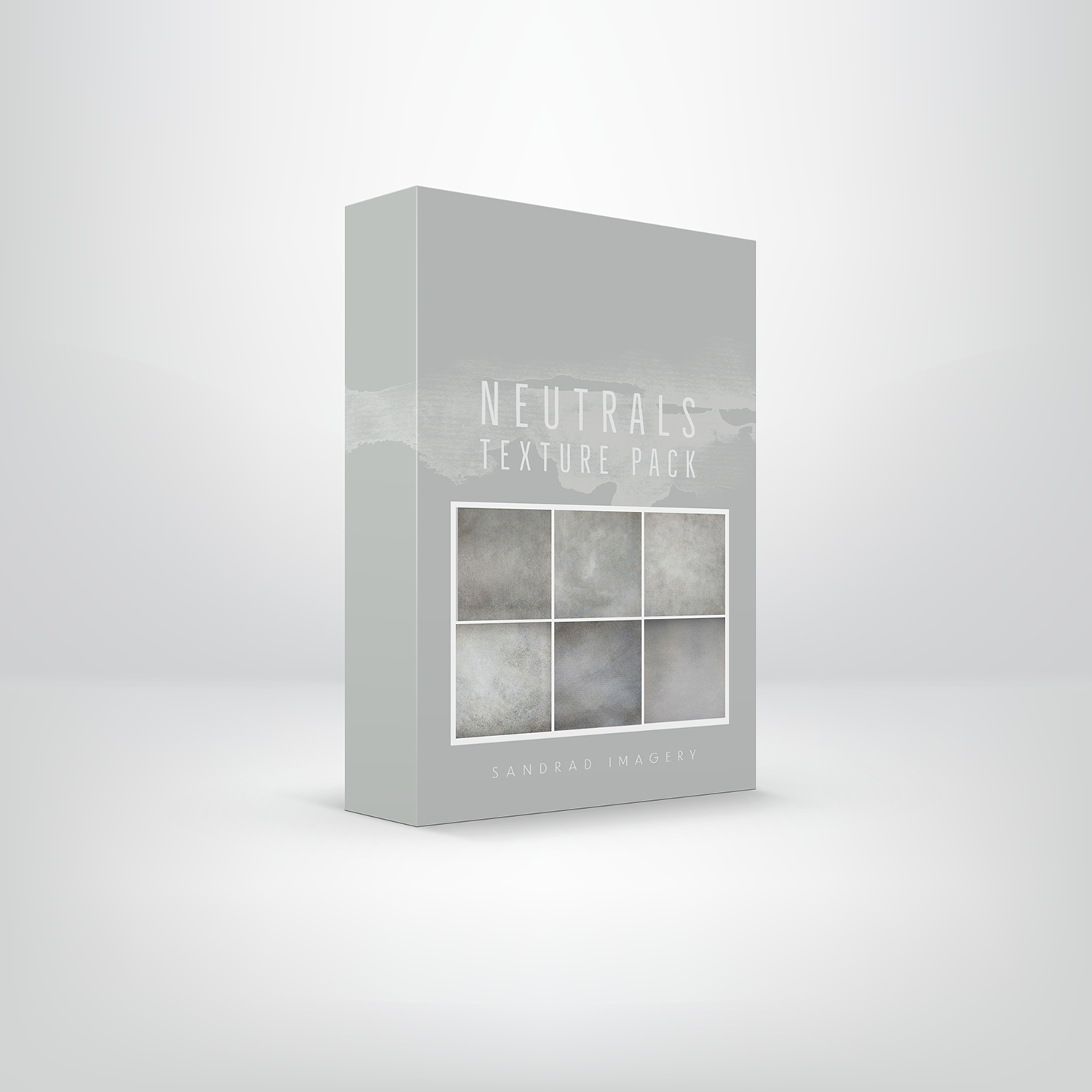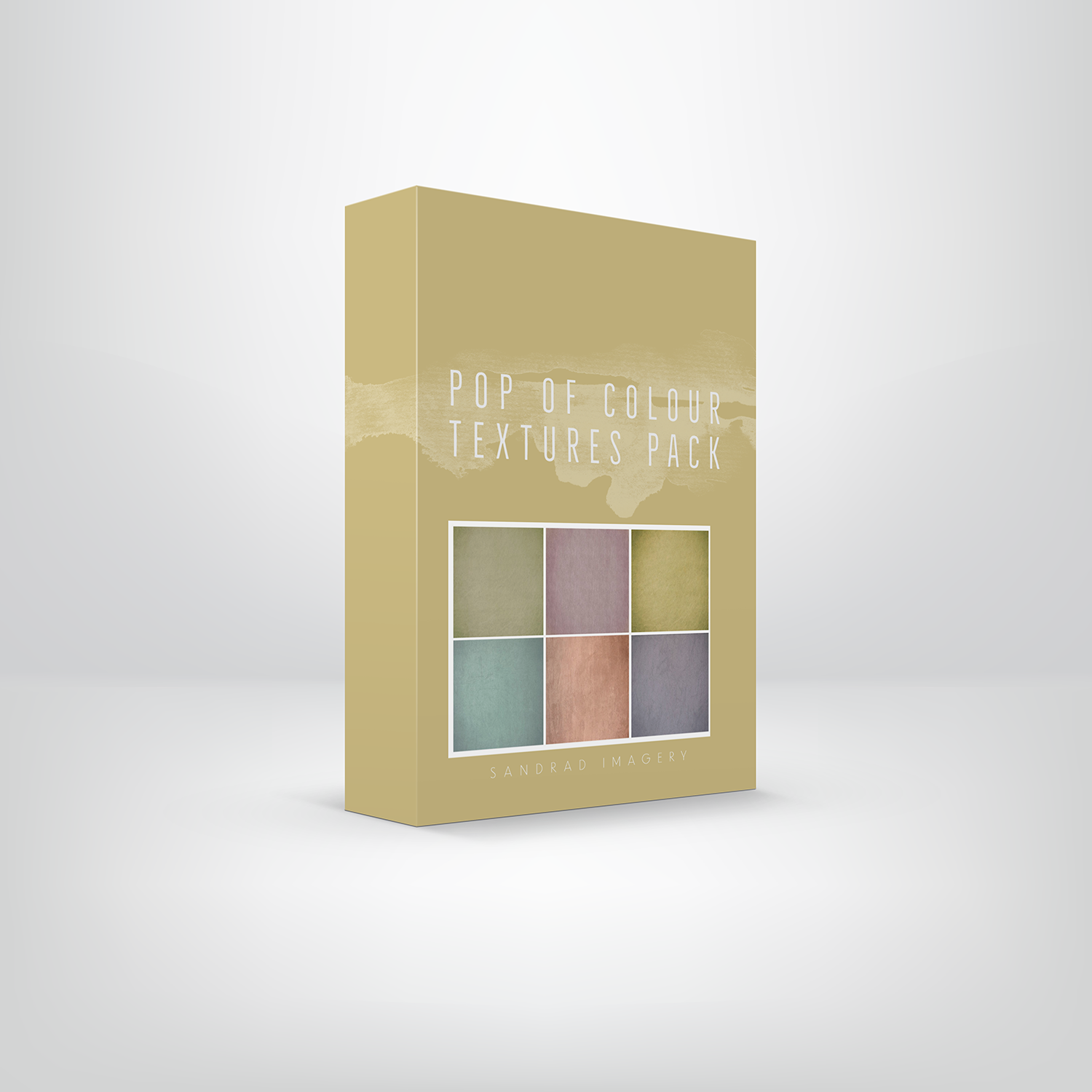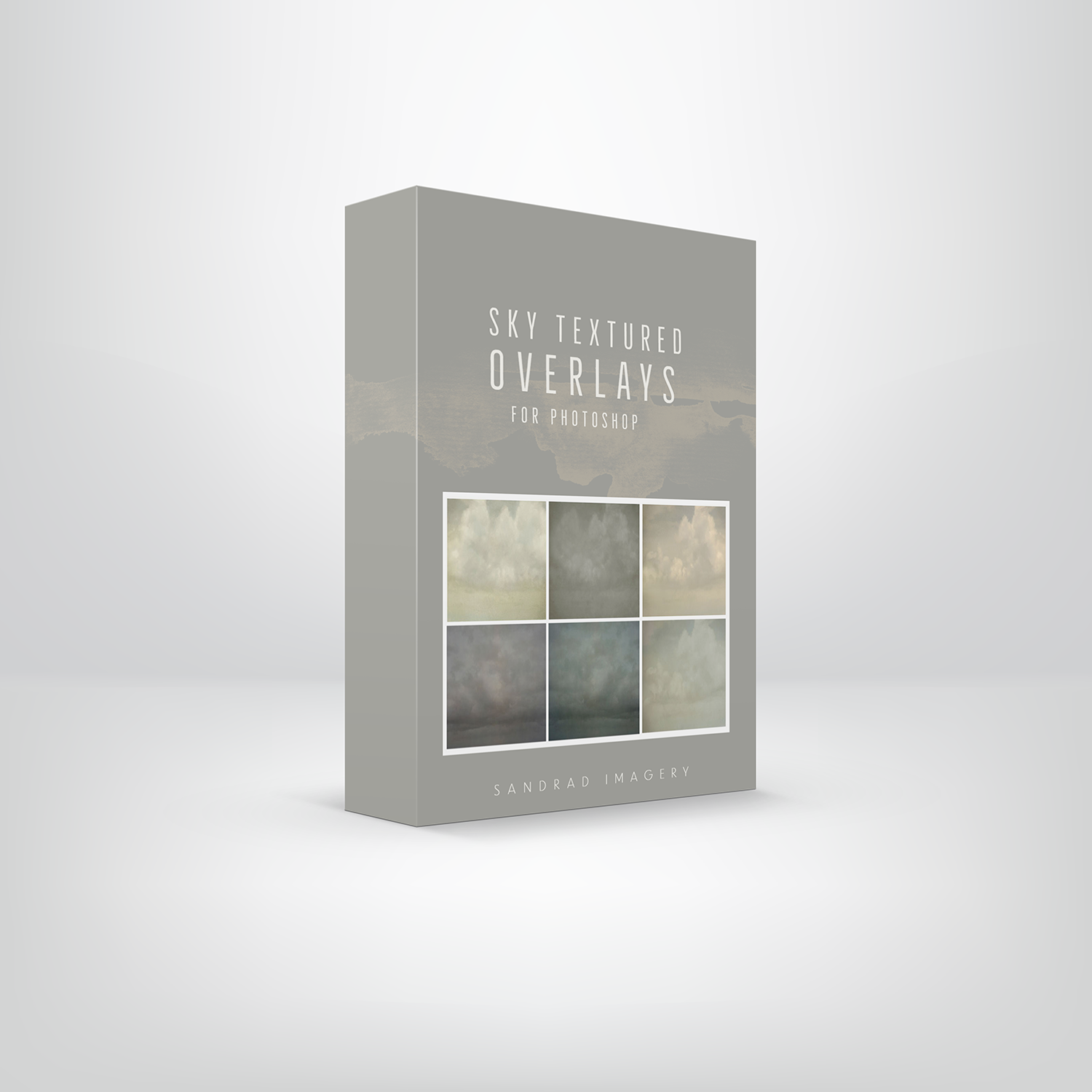What is the difference between a Photo and Digital Texture?
At a recent workshop I ran I shared the techniques I use to create my own Fine Art Textures, it was a light globe moment for participants and myself. I was using the terminology Textures and Fine Art Textures. A participant said, “I realise I don’t have many textures, but more surface photo’s in my stock library”, which made me think as photographers do we know what is the difference between a Texture and a Fine Art Texture?
Surface Photos vs Digital Textures
Using the word Surface Photo, I think is a good descriptor, as that is what it is. A photo taken of a particular surface – bricks, peeling paint and so on. These photos are an example of “surface photos” and don’t always make the best texture to use on a photo.
What is a Digital Texture? To me it is a texture that enhances your photo or compliments it, both in texture and colour. These images are “Digital Textures” which I created using my own photos and different techniques to get the finish I was after.
It can be grungy, contrasty, subtle, vibrant, have warm or cool colour tones, have text on the texture overlay and so much more. You can use textures for landscapes, flat lay and food photography, portraits, flower photography and so much more. Choosing the right texture is the skill.
One of my early images i used a texture to disguise the background
A Texture Journey
I first started to dabble with textures on my landscapes a few years back, then as my style changed and I started to lean towards “altered landscapes” then “whimsical” images where I use textures more and more.
I started to photograph what I thought were textures, concrete, sand, bricks, tree bark, rusted metal, peeling paint to build up my stock library, what I did not realise was I was photographing “surface photos”.
In my early photography days I would photograph textures just for the sake of it, I didn’t realise that some of these photos I could never use . I found when I placed them on my photos they were not working, they overwhelmed the photo, changed the look and feel of the photo. What was I doing wrong?
Moving on and further in my “textures journey” I discovered “texture overlays”, which had a subtle texture and colour, I bought some Texture Overlays. I started to experiment with these “Fine Art Textures” and found they added another dimension to my images. They worked so much better than my own texture photographs. A learning curve in the making.
Then I started to see different words to describe textures – Fine Art Textures, Texture Overlays. These were not “surface photos” but textures that had more of a Fine Art feel to them, they had a texture either grungy or subtle, and they came in so many colours, some were painterly and so on.
Choosing a Digital Texture
Choosing a texture is a matter of personal choice, if you have not used textures before, unfortunately it is a trial and error phase. You need to develop your “eye” to find which texture(s) to use for your images. Some guidelines for you in choosing a texture:
Look at the shapes and lines in your photo. If there are strong lines for example a photo of an old building you do not want to choose a texture that has a lot of vertical or horizontal lines. Choose a texture that is more subtle.
If your photo has the colour and tones you want, and you feel a Fine Art Texture would enhance it, but you want to keep the depth of the colour add what I call a “neutral colour” texture.
Do you want to add a warm or cool colour to your image, then look for a Fine Art Texture that has similar tones or colour in it, or a complimentary colour?
Why do I add a Digital Texture(s) to a Photo?
When I have a plain or boring background
When I want to neutralize background elements
When I want to create a more painterly look
When I want to change the background colour, tone or mood
To add finesse to a creative image
It is like creating a piece of art where I may combine several texture overlays, use my own photo as the base for example I use ICM (Intentional Camera Movement) photos (they are great for colour bases, then combine various techniques such as using Photoshop brushes to create the shapes and patterns I am after, adjustment layers for example gradients, solid colour fill to get the colour and tone and so on. You are like an artist, knowing your tools in Photoshop helps you make the choices.
This image is the finished Fine Art Texture, and the layers I did to create it. First layer, or base is one of my ICM photos, then I added a Fine Art Texture I created, then I added a soft grey solid colour fill to soften the colours. A "Fine Art Texture is created.
To create a Digital Texture, you need to understand what kind of texture and colour you want to create, have a few tools and techniques up your sleeve. Be prepared for experimenting, frustration and the yippee moment.
My “jam” is creating Digital Textures
I love creating Digital Textures, it is another form of creative expression for me, as someone said “it is my jam”. If it’s not your thing to create textures, and you want to explore using textures on your images, look at my Digital Textures in my shop, they have all be hand crafted with love and patience.
Having bought Digital Textures in the early days and now creating my own textures for my personal work or sell I appreciate the time and effort that goes into creating a piece of art in the form of a texture.
The Digital Textures I create are not just from one surface photo and I have never nailed
a texture to use on my creative images with one “surface photo”.
FEATURED PRODUCTS
If you're looking to add depth, dimension, and visual interest to your photos or creative images look no further than my Digital Textures. With this versatile collection of high-quality digital textures, you'll have everything you need to add texture, pattern.
With Digital Textures for the Creative, you'll have access to a wide range of textures from grungy, weathered surfaces to soft, delicate patterns, you'll find everything you need to create the perfect backdrop for your designs. And with the ability to customize and combine textures, you'll be able to achieve the perfect look for any project.





